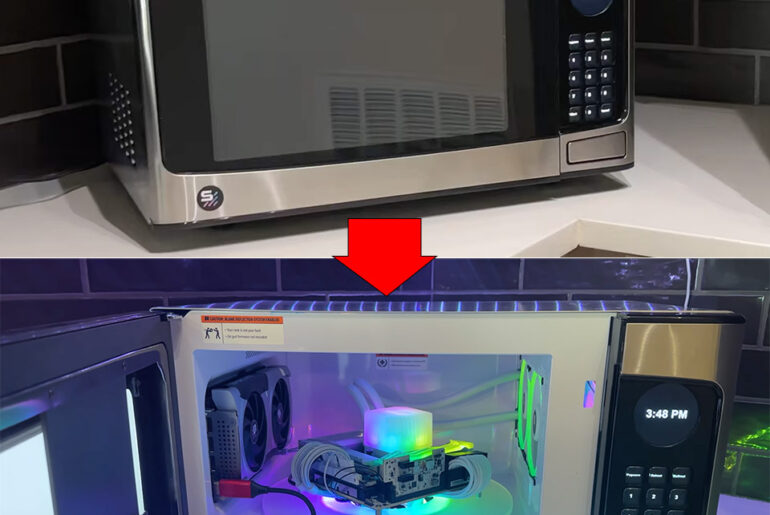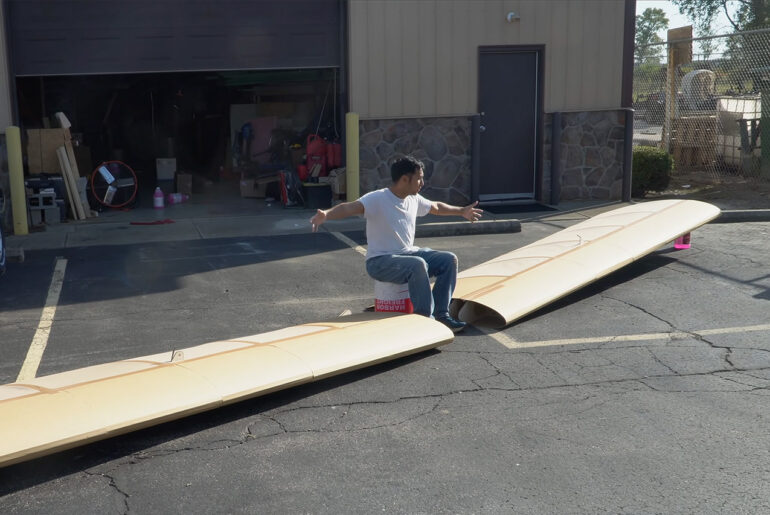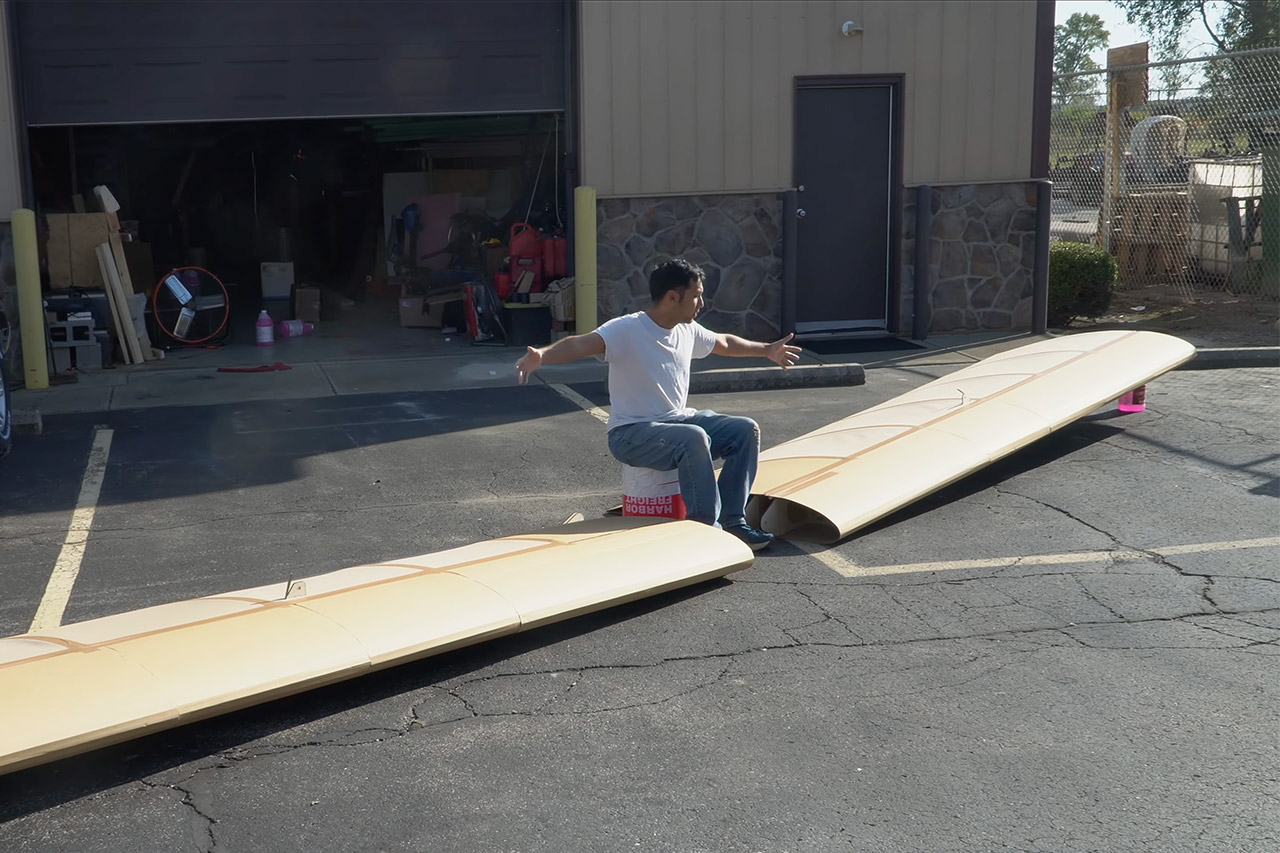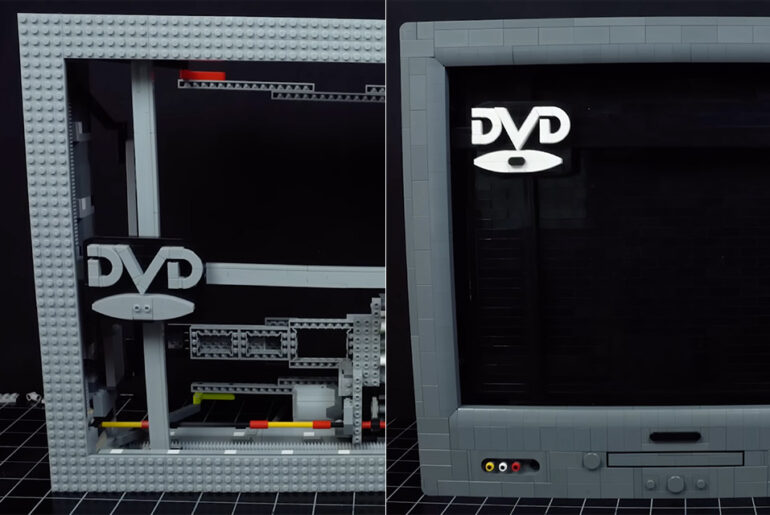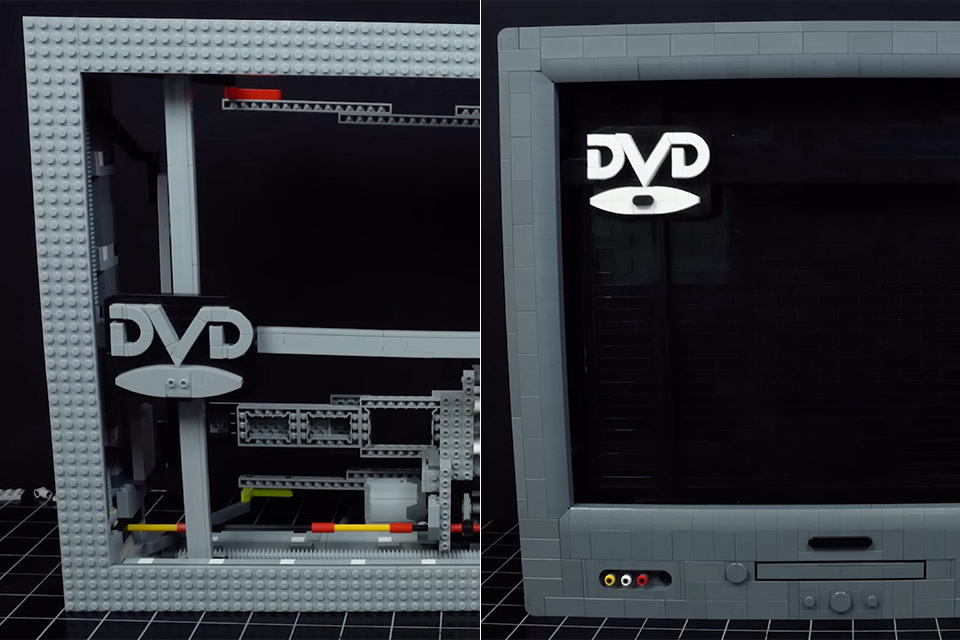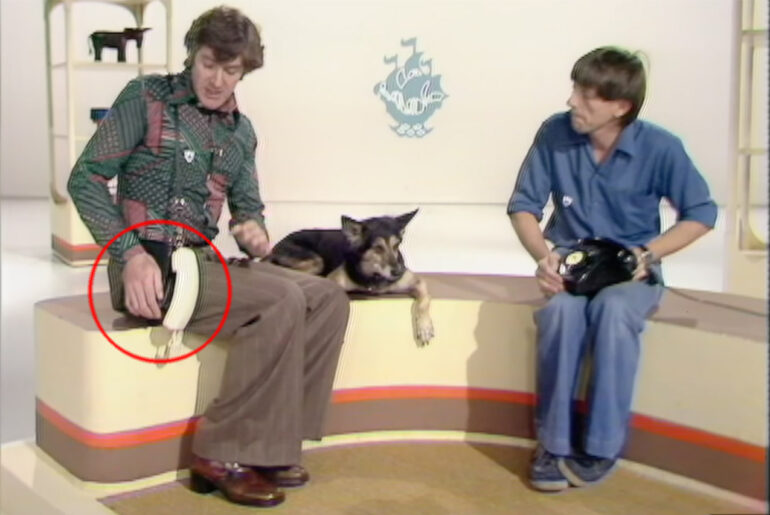
A single bed on a Bambu Lab 3D printer whirs away for hours, layer by layer, building up a strong PLA filament mat, strand by strand. When the platform has cooled down, the interlocking rings lift loose, revealing a flexible mat of plastic chainmail ready to be draped over a test dummy. The guys over at Screen Tested wanted to know if you could genuinely make decent armor on one of these fancy home 3D printers – could it resist real-world violence?

Play Conveyor never meant to win beauty contests, as he stared at the lump on his desk—an ordinary wired mouse—and decided the whole industry had been lying to him. Every curve, every rubber grip, every “vertical” or “ambidextrous” label still left his wrist aching after three hours of editing. So he cracked the thing open, kept the guts, and threw the shell away.

SignalRGB just proved that a real microwave can be transformed into a Battlefield 6 gaming beast capable of running at 120 frames per second – but only if you open the door of your white countertop microwave and discover a 16-inch monitor gazing back at you, framed by the original glass window. Close it up, hit the “Start” button, and watch as the turntable spins the entire motherboard around like a lazy Susan for silicon – you can transform a $40 thrift store microwave into a $2,000 gaming system with a single move.

In an era where web browsers are as common as morning coffee—free, accessible and tailored to every taste—AOL has decided to stir the pot with something unexpected: a paid browser called AOL Shield Pro. $3.99 a month with a 30 day free trial, this Chromium based browser promises to add extra security features to shield you from the darker corners of the internet. But in a world where free giants like Chrome, Firefox and Edge reign supreme, does AOL’s nostalgic comeback deliver enough to justify the subscription fee?

McDonald’s Japan never fails to surprise with its collaborations and this latest one brings in the Street Fighter series for the first time. From October 22, 2025, the fast food chain will be rolling out a limited time menu that pays homage to the classic characters of the game. Fans who grew up trading Hadokens in arcades or grinding matches in Street Fighter 2 have a reason to line up at the golden arches. The menu takes the familiar beefy staples and adds flavors inspired by characters like Ryu, Chun-Li and Ken.
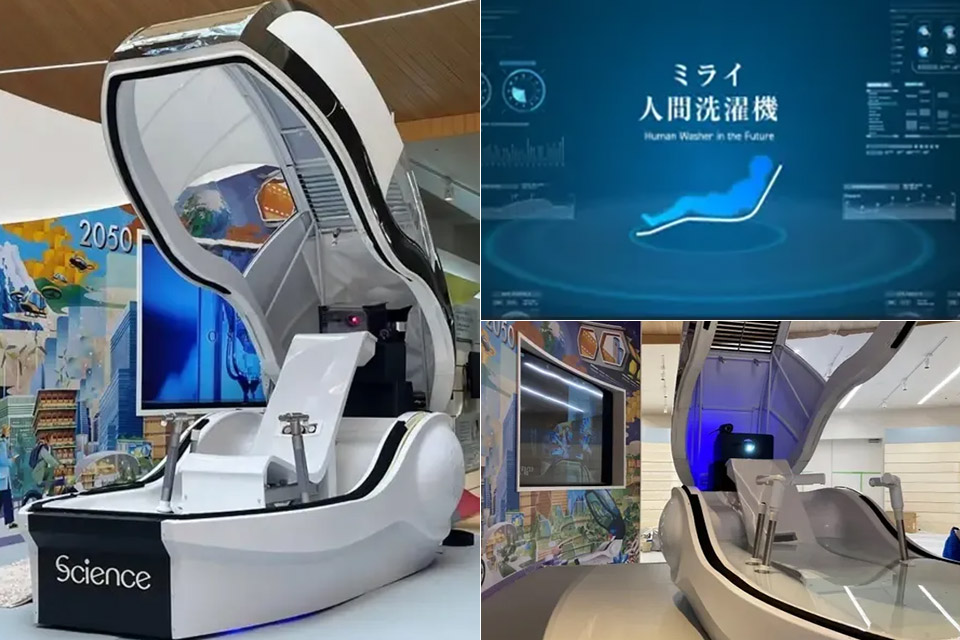
Photo credit: SoraNews24
Science, a Japanese bathroom fixture manufacturer, has just debuted its new product, the “Human Washer in the Future.” This contraption makes washing yourself a lot easier; it’s simply a bloated bathtub that can accommodate you in full relaxation mode with a canopy that blocks out the world.
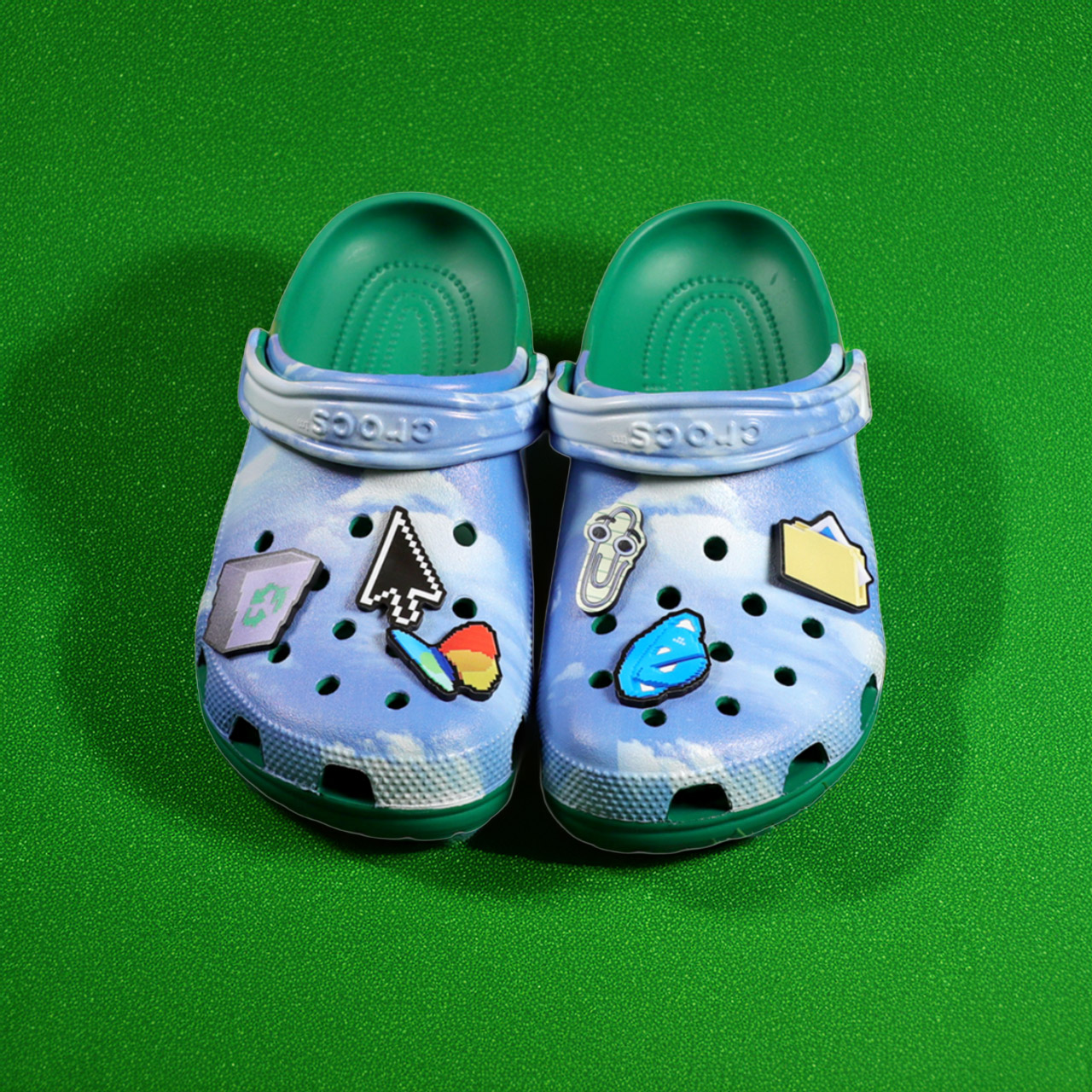
Microsoft’s latest move pulls one of its oldest visual hits straight from the screen and onto your feet. These Crocs, built around the Windows XP Bliss wallpaper, hit the company’s online store this week at $79.95 a pair. The bundle packs in more than just shoes—there’s a drawstring backpack patterned after that same famous hill and sky, plus a set of six charms that clip onto the clogs and summon up chunks of early computing life.
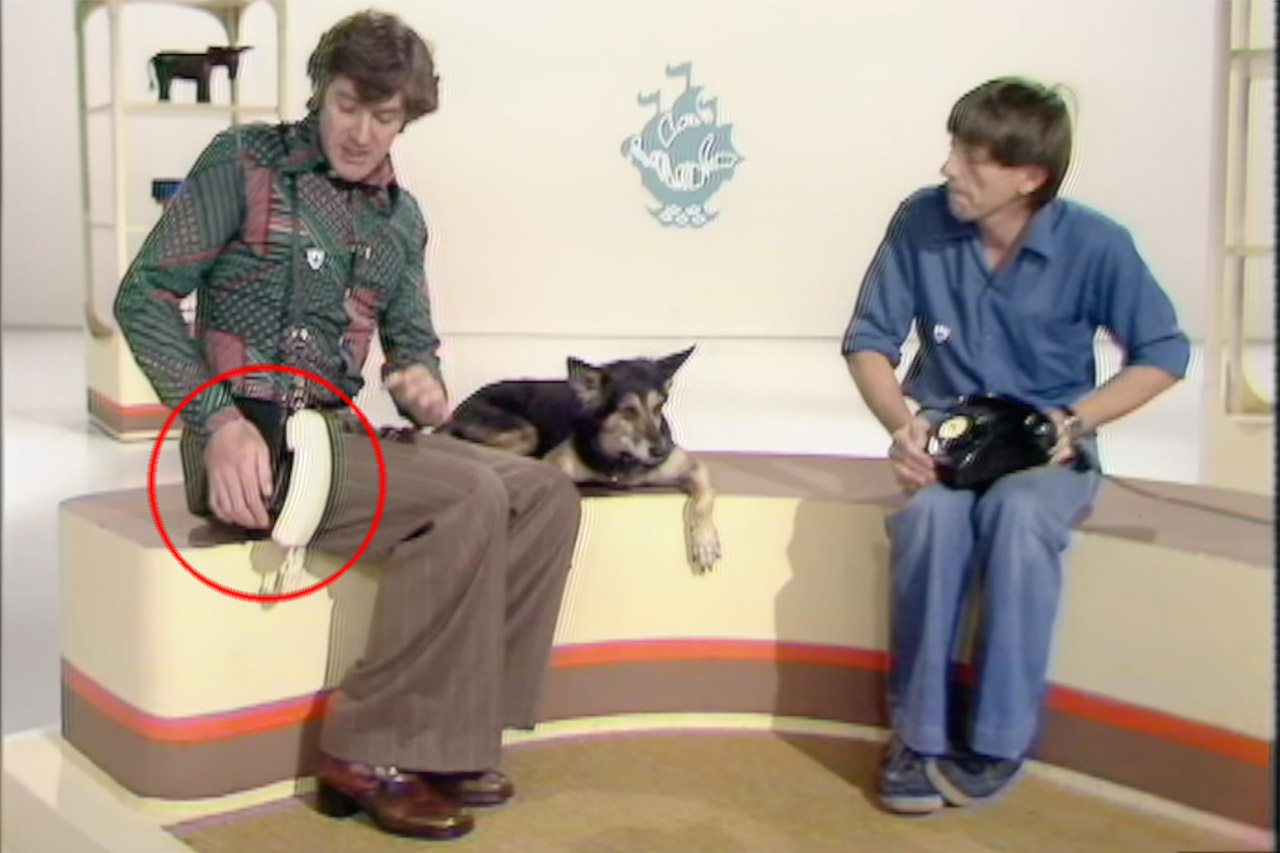
In October 1976, inside BBC Television Center’s Blue Peter studio, three presenters – Peter Purves, Lesley Judd and John Noakes – gathered around what looked like an ordinary black box. This suitcase-sized device was about to change the way people thought about long distance calls, literally.



